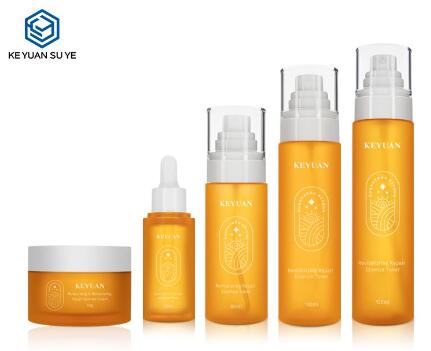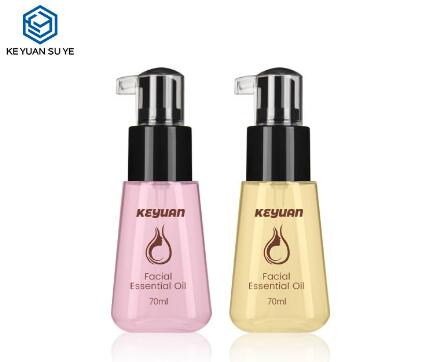Understanding the Ideal Plastic for Cosmetic Bottles
Plastic has become an indispensable material in the production of various products, including cosmetic bottles. However, not all plastics are suitable for this specific application. Selecting the right type of plastic for cosmetic bottles is crucial to ensure product safety, functionality, and aesthetic appeal. In this article, we will delve into the different types of plastics commonly used for manufacturing cosmetic bottles, their unique properties, and why they are suitable for this purpose. By the end, you will have a comprehensive understanding of the ideal plastic for cosmetic bottles, enabling you to make informed decisions for your brand's packaging needs.
1. Polyethylene Terephthalate (PET)
PET is a widely used plastic in the packaging industry due to its excellent clarity, strength, and resistance to impact. These qualities make it an ideal choice for cosmetic bottles. PET plastic bottles offer exceptional transparency, allowing consumers to view the product inside, enhancing its visual appeal. Additionally, PET is lightweight and shatterproof, providing convenience and safety during handling and transportation.
2. High-Density Polyethylene (HDPE)
HDPE is another popular plastic used in the production of cosmetic bottles. Its high strength and chemical resistance make it suitable for a wide range of products, including personal care items. HDPE bottles offer excellent protection against moisture and vapor, ensuring the integrity and longevity of the packaged cosmetics. Furthermore, HDPE is recyclable, making it an eco-friendly choice for brands striving to reduce their environmental impact.
3. Polypropylene (PP)
PP is a versatile plastic known for its durability and heat resistance. It is commonly used for cosmetic bottles that require more robust packaging solutions. PP bottles can withstand high temperatures, making them suitable for products that undergo hot filling processes. Additionally, PP offers excellent moisture resistance, preventing leaks and maintaining the product's quality over time.
4. Polystyrene (PS)
PS is a lightweight and rigid plastic often used for cosmetic bottles, particularly for fragrances and other liquid-based products. It provides excellent clarity and allows for intricate designs, making it a popular choice among luxury cosmetic brands. PS bottles are visually appealing and convey a sense of elegance and sophistication to consumers.
5. Polyvinyl Chloride (PVC)
PVC is a durable plastic known for its versatility and cost-effectiveness. While it may not be as commonly used in cosmetic bottles as the aforementioned plastics, it still has its applications. PVC bottles are highly resistant to impact and can withstand harsh conditions, making them suitable for certain cosmetic formulations that require additional protection.
6. Other Considerations
Apart from the specific type of plastic, there are additional factors to consider when choosing the ideal material for cosmetic bottles. These include:
a. Chemical Compatibility
It is essential to ensure that the plastic used is compatible with the cosmetic product it will contain. Different formulations may react differently with certain plastics, leading to changes in product quality or safety concerns. Conducting compatibility tests can help identify the most appropriate plastic for a specific cosmetic formulation.
b. Packaging Design and Functionality
The design and functionality of cosmetic bottles play a significant role in product differentiation and consumer satisfaction. Consider factors such as bottle shape, closure type, dispensing mechanisms, and ease of use. The chosen plastic should align with the desired packaging design and provide the necessary functionality to enhance the user experience.
c. Regulatory Compliance
Cosmetic packaging must comply with various regulations to ensure consumer safety. Depending on the target market, specific regulations may apply, dictating the permissible materials and manufacturing processes. It is crucial to stay informed about the regulatory requirements and select a plastic that meets the necessary standards.
Conclusion
Choosing the right plastic for cosmetic bottles is essential to ensure product safety, functionality, and visual appeal. PET, HDPE, PP, PS, and PVC are among the most commonly used plastics for this purpose, each offering unique properties suited to different cosmetic formulations. Consider factors such as chemical compatibility, packaging design, and regulatory compliance when making your selection. By prioritizing these aspects, you can create cosmetic bottles that not only protect and preserve your products but also captivate consumers with their quality and aesthetic appeal. We are a plastic cosmetic bottle supplier. If you are interested in our products, please contact us now!
170
0
0




Comments
All Comments (0)